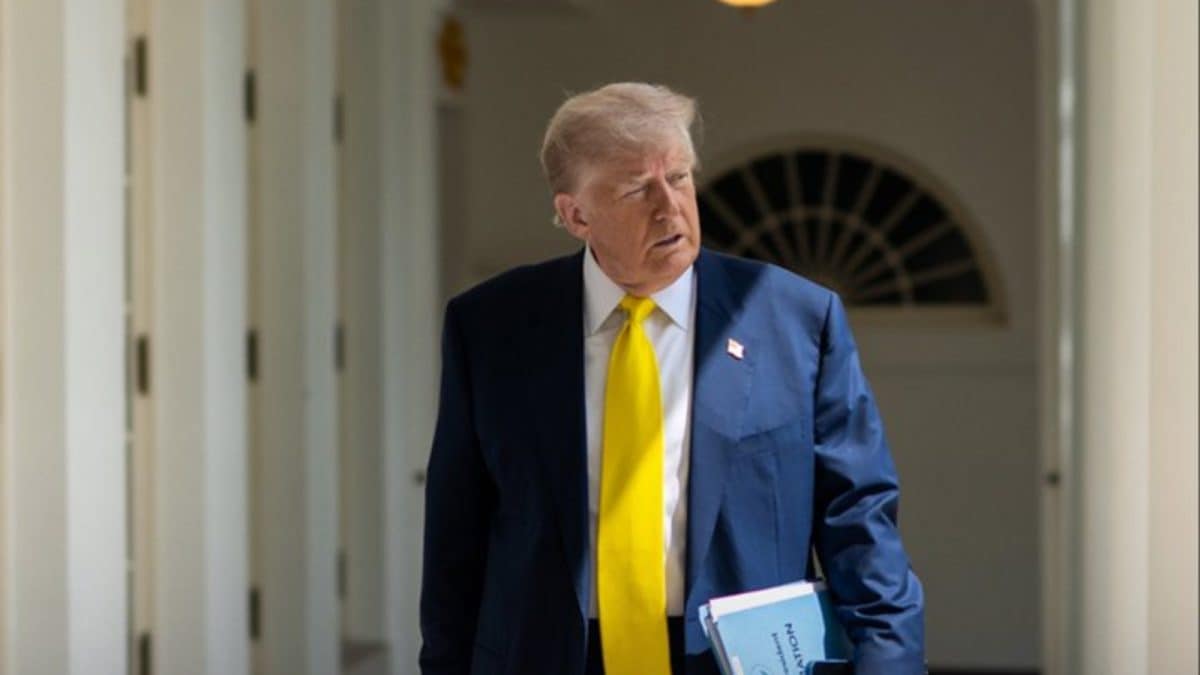ARTICLE AD BOX

China's state-owned defence company Norinco introduced a military vehicle that is capable of autonomously conducting combat-support operations at 50 kilometres per hour in February.
This vehicle is powered by DeepSeek’s artificial intelligence (AI) models, which are a prominent product of China's tech sector. The Chinese AI startup was also responsible for crashing the US Market in January, which reduced Nvidia’s stock price by over 14%. The Norinco P60's release was highlighted by Communist Party officials in press statements as an early showcase of how Beijing is using DeepSeek and other AI models to advance in its arms race with the US at a time when leaders in both countries have urged their militaries to prepare for conflict.
Now, a recent report by the news agency Reuters cited hundreds of research papers, patents, and procurement records to offer a glimpse into Beijing's systematic effort to harness AI for military advantage.However, specifics on how the systems behind China's next-generation weapons operate and the extent to which they have been deployed are state secrets. Still, procurement records and patents seen by Reuters offer clues into Beijing's progress toward capabilities such as autonomous target recognition and real-time battlefield decision support, in ways that mirror US efforts.
The report also couldn't establish if all the products had been built, as patents don't necessarily indicate operational technology.
What kind of AI weapons may China be developing
According to documents reviewed by Reuters, China is reportedly developing AI-powered military technology, including robot dogs that scout in packs and drone swarms that autonomously track targets, as well as visually immersive command centres and advanced war-game simulations.In November 2024, the PLA issued a tender for AI-powered robot dogs that would scout together for threats and clear explosive hazards. Reuters couldn't determine whether the tender was fulfilled. Previously, China has deployed armed robot dogs from AI robotics manufacturer Unitree in military drills, according to images released in state media.The review of patents, tenders, and research papers published over the past two years shows how PLA and affiliated entities are using AI to improve military planning, including developing technology to analyse satellite and drone imagery quickly.Researchers at Landship Information Technology, a Chinese company that integrates AI systems into military vehicles, including Norinco's, said in a February white paper that its technology built on Huawei chips can rapidly identify targets from satellite imagery while coordinating with radars and aircraft to execute operations.The time it takes military planners to shift from identifying a target to executing an operation has been shortened by AI, according to Xi'an Technological University.
Researchers at that institute said in a May summary of their findings that their DeepSeek-powered system could assess 10,000 battlefield scenarios in 48 seconds. Such a task would have taken a conventional team of military planners 48 hours to complete, they said.
Reuters could not independently verify the researchers' claims.Chinese military entities are investing in increasingly autonomous battlefield technology, the documents suggest.
Two dozen tenders and patents seen by Reuters show the military attempting to integrate AI into drones to recognise and track targets, as well as to work together in formations with little human intervention.Beihang University, known for its military aviation research, is using DeepSeek to improve drone swarm decision-making when targeting "low, slow, small" threats, including military-speak for drones and light aircraft, according to a patent filing this year.Chinese defence leaders have publicly committed to maintaining human control over weapons systems amid growing concern that a conflict between Beijing and Washington could lead to the unchecked deployment of AI-powered munitions.The US military also plans to deploy thousands of autonomous drones by the end of 2025 to counter China’s growing drone capabilities. Meanwhile, Chinese defence firms, such as Shanxi 100 Trust Information Technology, are increasingly using domestic components, such as Huawei’s Ascend chips, to power AI systems. However, Nvidia hardware remains widely referenced in Chinese military-linked research. A Reuters review found 35 patent filings from institutions tied to the People’s Liberation Army citing Nvidia’s A100 chips, while 15 patents referenced Huawei’s Ascend chips as alternatives. Despite US export restrictions, Chinese researchers acknowledge continued reliance on Nvidia technology and ongoing efforts to close the AI gap, the report adds.

 2 hours ago
4
2 hours ago
4









 English (US) ·
English (US) ·